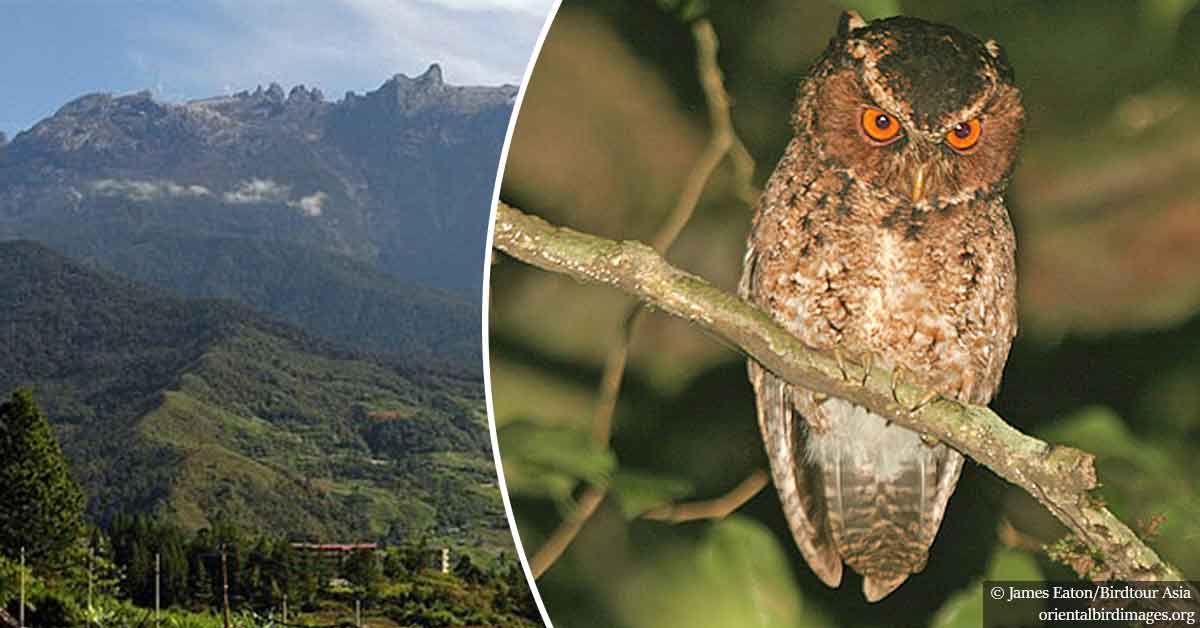For the first time since it was first discovered 125 ago, people have spotted the Bornean subspecies of the Rajah Scops Owl in the montane forest of Mount Kinabalu, Malaysia.
Ecologists from the Smithsonian Migratory Bird Center made the announcement last month in the Wilson Journal of Ornithology, where they also attached the first images of it in its natural habitat.
The scientists noted that while most of the basic elements of this owl’s ecology are still unknown – e.g. sounds, distribution, breeding biology, and the size of its population –
“phylogeographic patterns of montane birds in Borneo and Sumatra, as well as plumage characters, suggest that O. b. brookii may be deserving of species classification.”
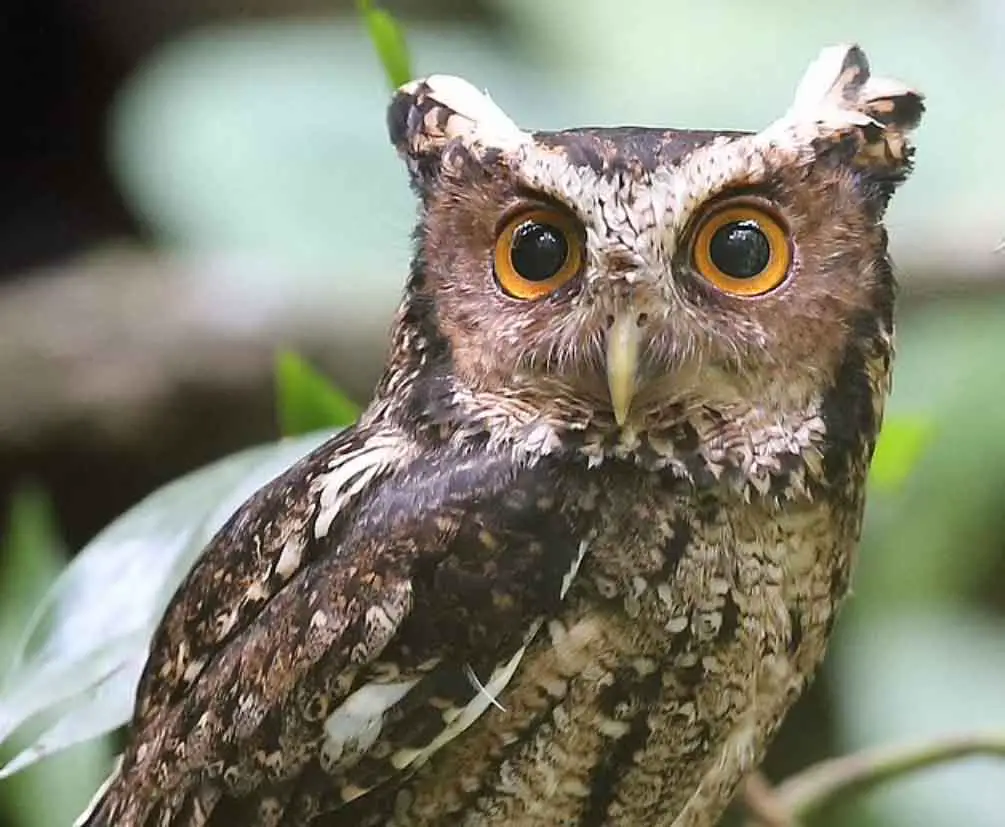
Science Direct describes phylogeography as a field of study that focuses on understanding the relationships among individual genotypes within a given species or a group of closely related species and correlate the examined relationships to the species or group’s spatial distribution.
In this way, experts can trace the biogeographic history of infraspecific populations and form a better understanding of other factors such as gene flow, fragmentation, colonization, and range expansion.
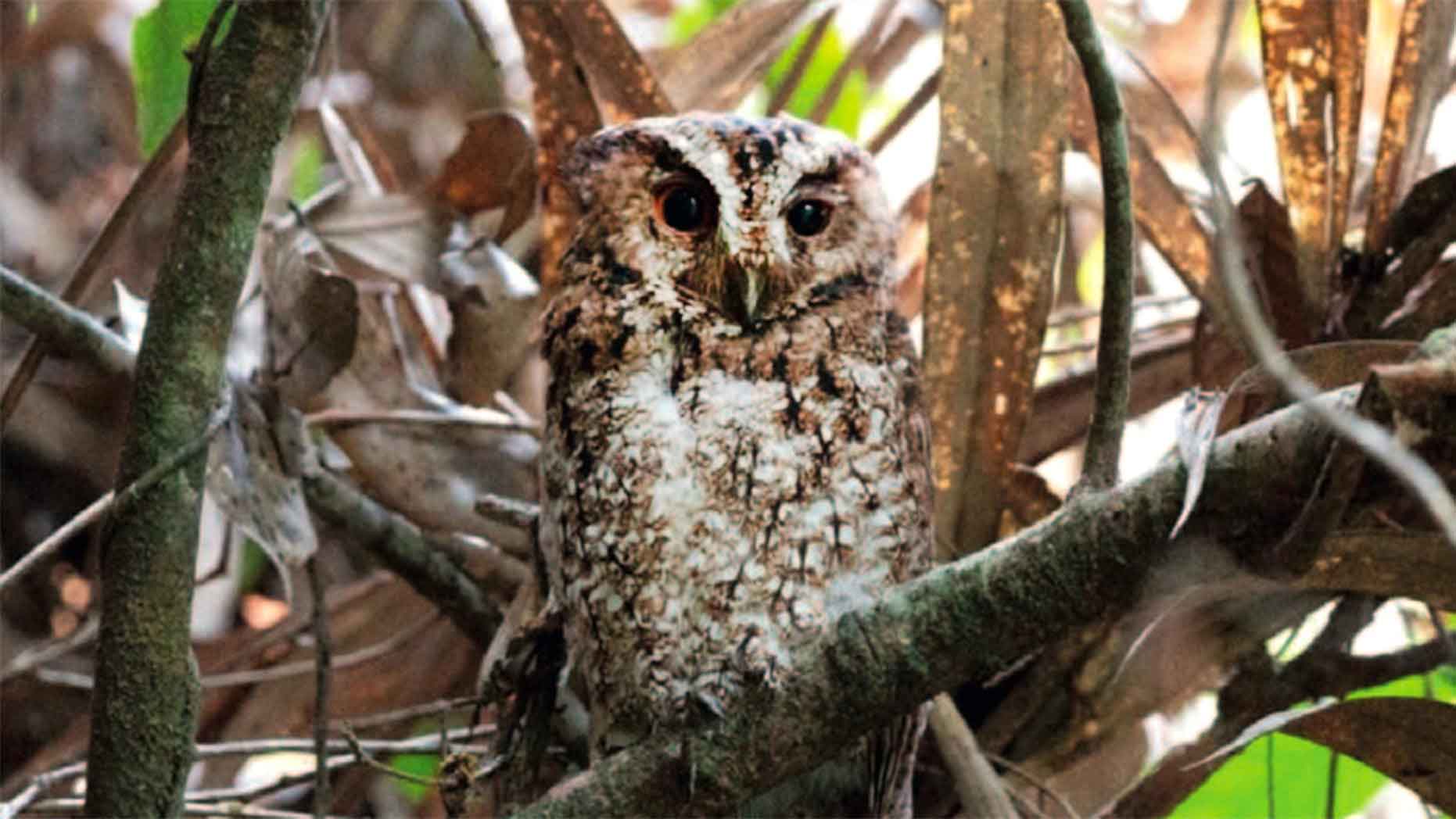
But when it comes to Borneo’s Otus brookii brookii, the experts say that quantitative phylogenetic analysis is currently impossible, even though they note that understanding its ecology, distribution and taxonomy “could have important conservation implications.”
According to the Merriam-Webster Dictionary, taxonomy is the study of principles of the scientific classification of organisms and their arrangement based on “presumed natural relationships.”
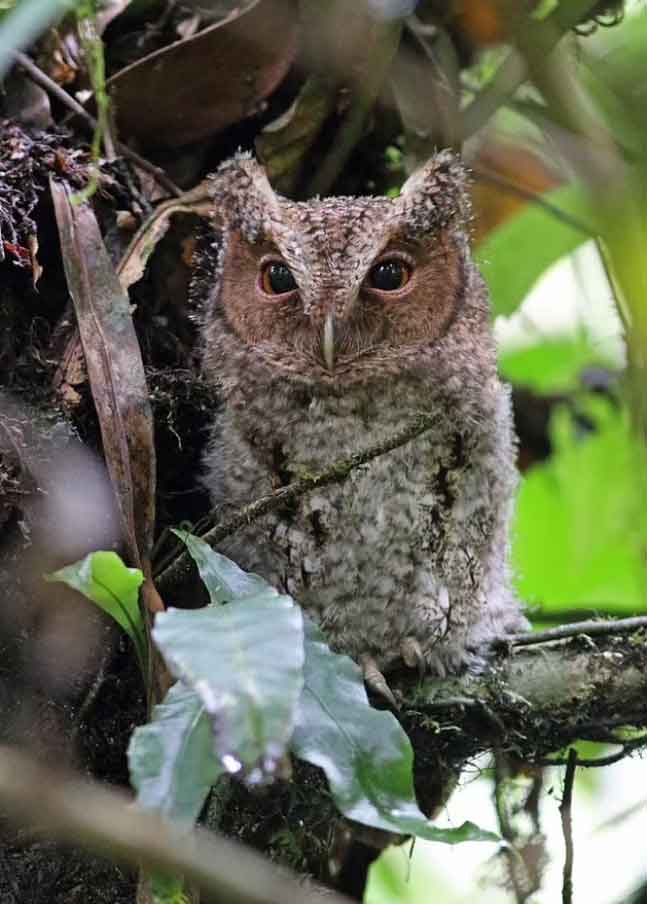
According to study author Andy Boyce, the rediscovery – made in Sabah back – was all thanks to perfect timing.
He was on a mission to find out how different bird species behave across various elevations with the University of Montana when he received news from technician Keegan Tranquillo about a weird-looking orange-eyed owl.
“If we didn’t document it right then and there, this bird could disappear again for who knows how long,” he said. “It was a really rapid progression of emotion. There was nervousness and anticipation as I was trying to get there, hoping the bird would still be there. Just huge excitement, and a little bit of disbelief, when I first saw the bird and realized what it was. And then, immediately, a lot of anxiety again.”
The creature is said to be a quarter larger than normal Malay owls and has grey, black and dark brown plumage.
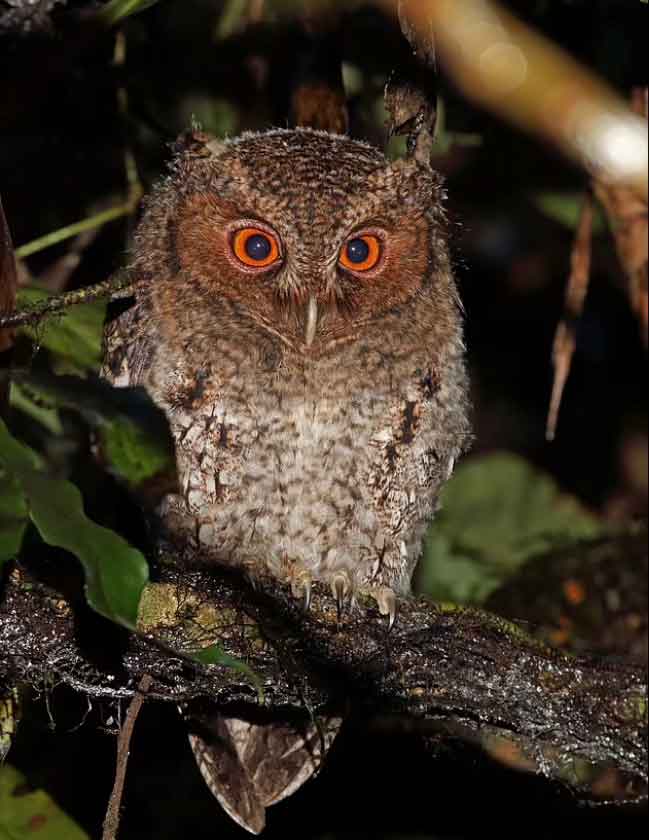
Otus brookii brookii is a mystery and not even its voice and the location of its core habitat are known.
Its partner subspecies Otus brookii solokensis is located in Sumatra.
Boyce believes the owl hasn’t been seen in such a long time due to the low population and that it may be “endemic” to that island, even though he was able to find the owl for a second time after a deep two-week-long search.
He said that while the species are
“going extinct so fast that we’re probably losing species that we never even knew existed,” humans “can’t conserve what we don’t know exists.”
“It reminds us as humans, and as scientists, that there are things, there are places in this world—even at this point where we have our fingerprints all over the planet—that we still just don’t have a grasp of and we’re still surprised on a daily basis by things that we find,” Boyce said.

